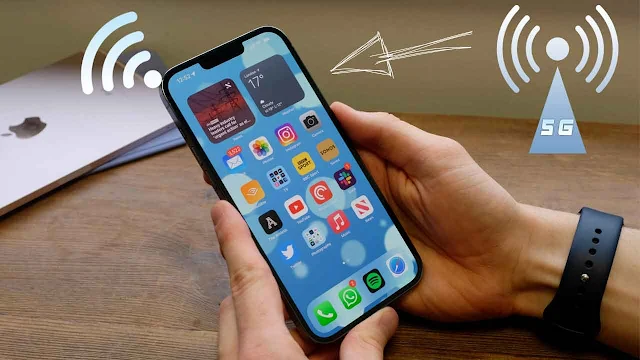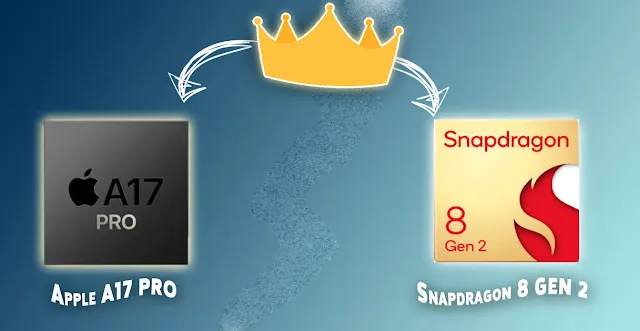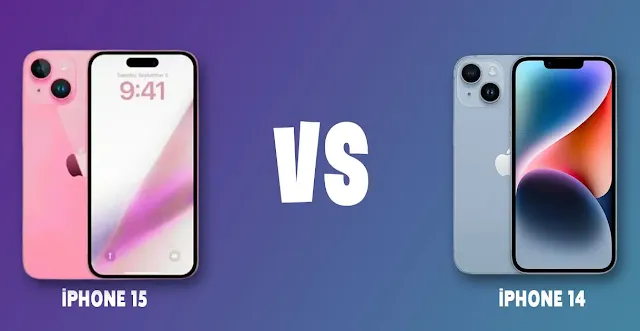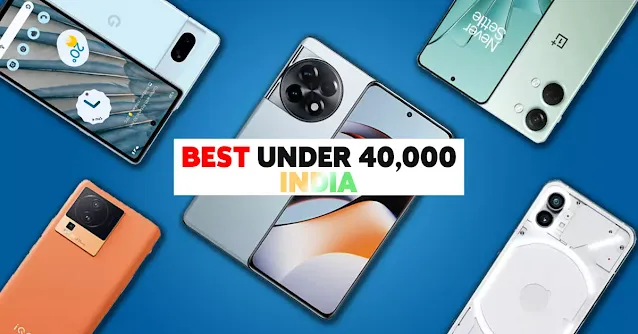Do 4G phones support a 5G network?
 |
| 4G phone support 5G network |
4G Phones & 5G Network Compatibility: Exploring Transition & Path
The world of mobile technology is changing quickly, especially with the arrival of 5G networks. Imagine super-fast speeds, almost no delays, and really great connections. It's no wonder people are excited about 5G! But as we talk about all the good things 5G can do, a big question comes up: "Can 4G phones work with 5G networks?" In this article, we're going on a journey to find out the answer. We'll look at how 4G and 5G match up, how you can move from 4G to 5G, and how to choose if you want to switch to 5G.
Does a 4G Phone Work on a 5G Network?
In a straightforward manner, the answer remains negative – 4G phones are not inherently equipped to support 5G networks. These two generations of cellular technology, 4G and 5G are fundamentally distinct, each with its own unique capabilities and technical requirements. While 4G phones lack the hardware necessary to tap into the full spectrum of benefits that 5G offers, it is essential to delve deeper into the realm of compatibility to grasp the nuances.
Compatibility and Transitioning
Though it may seem that 4G phones and 5G networks exist in separate spheres, some carriers have initiated a middle ground – transitional technologies. These technologies enable a form of limited 5G connectivity on select 4G devices. This is achieved by utilizing a fraction of the 5G spectrum that is compatible with older devices. However, it's vital to recognize that these hybrid solutions offer only a diluted experience of true 5G capabilities, leading to significantly reduced speeds and overall performance in comparison to native 5G phones.
For those who are keen on reaping the complete benefits of 5G, transitioning to a 5G-compatible device emerges as the most viable option. This raises a crucial question: when should one consider upgrading to a 5G network?
When Is the Best Time to Upgrade to a 5G Network?
The decision to migrate from a 4G to a 5G network hinges on a multitude of factors. First and foremost, the availability of 5G coverage in your geographic area plays a pivotal role. Given that the deployment of 5G networks is an ongoing process, coverage can be sporadic. If your locality boasts comprehensive 5G coverage, it could be an opportune moment to consider an upgrade.
Furthermore, your individual usage patterns warrant careful consideration. Should your digital routine encompass activities such as online gaming, streaming high-resolution videos, or frequent large file downloads, the tangible benefits of 5G will undoubtedly be more pronounced. Conversely, if your smartphone activities primarily revolve around calls, text messages, and light web browsing, the urgency to transition might be relatively diminished.
How to Choose the Right 5G Phone for Your Needs
For those embarking on the journey to embrace the 5G revolution, selecting an appropriate 5G phone becomes a pivotal decision. Here are some crucial factors to deliberate:
- 1. Frequency Bands: Different regions harness distinct frequency bands for their 5G networks. Ensuring that the phone of your choice supports the frequency bands utilized by your carrier is imperative for optimal connectivity.
- 2. Performance: Opt for phones equipped with the latest processors, as they invariably translate to superior performance and enhanced energy efficiency.
- 3. Camera Capabilities: If photography serves as your passion, prioritize phones boasting advanced camera features. Numerous contemporary 5G phones excel in this domain.
- 4. Battery Life: It's important to recognize that 5G connectivity can be power-intensive due to its rapid speeds. Consequently, prioritize phones endowed with larger battery capacities to mitigate potential battery drain concerns.
- 5. Budget: Establishing a clear budget framework serves as an anchor. Fortunately, the escalating competition within the market has engendered viable 5G options across a diverse array of price points.
- 6. Reviews and Recommendations: Prior to arriving at a decision, immerse yourself in reviews from reliable sources and consider endorsements from tech-savvy acquaintances or online communities.
Conclusion | Suggestion
The trajectory from 4G to 5G beckons us to acknowledge the limited compatibility between 4G phones and the dynamic landscape of 5G networks. While transitional technologies offer an intermediary experience, the fulcrum of unlocking the complete potential of 5G lies in the realm of 5G-compatible devices. When contemplating the transition, aspects such as coverage, usage patterns, and individual requisites emerge as pivotal determinants. By meticulously evaluating these facets and opting for a fitting 5G phone, you can seamlessly transition into an era characterized by the unparalleled advantages of advanced connectivity.










